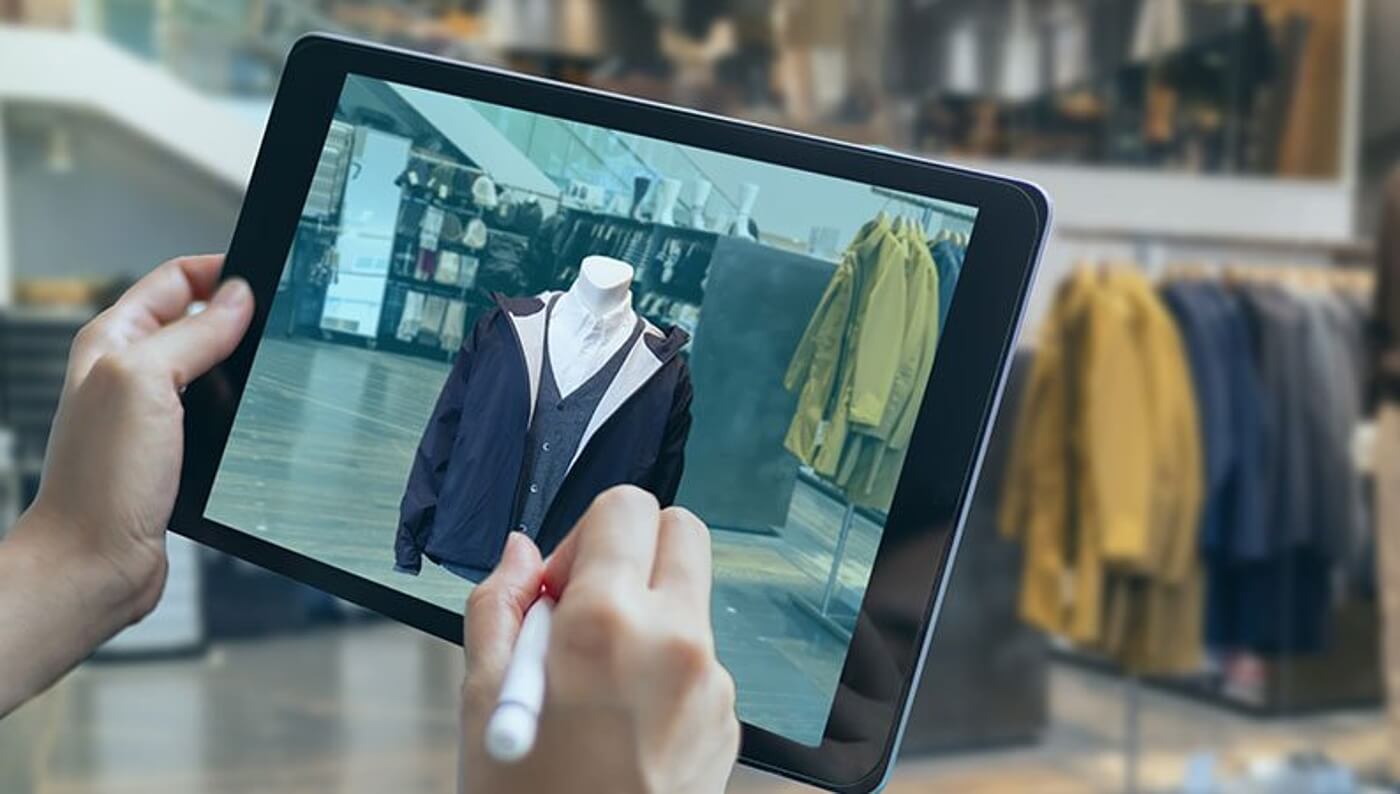
Be vigilant and diligent in protecting your brand from counterfeiters
The average person may hear the term "counterfeit" and immediately think of scam artists in Hollywood crime films, printing batches of fake money. Such is the imprint of pop culture! Nevertheless, in truth, dealings in counterfeit goods are far more common and detrimental to the global economy. A valid IP management strategy must include provisions that account for the risk of counterfeit in your particular industry.
The world of counterfeit goods at a glance
We do not want to bog down in statistics here, but a few significant metrics are critical to any contextual understanding of global counterfeit:
- Counterfeit goods caused approximately $320 billion in damage to the worldwide economy in 2018.
- Trade of these counterfeit goods represents between 5% and 10% of the world's overall sales and has directly or indirectly led to the loss of more than 100,000 jobs.
- Counterfeiting can, in some cases, be harmful to one's health or even fatal: Sales of counterfeit prescription medicines and over the counter drugs, made with no regulatory oversight, are documented to have caused everything from arsenic poisoning to accidental fentanyl overdoses.
Understand your level of counterfeit risk
Specific creators and businesses are at a higher risk for counterfeit than the general business community is. The developers and manufacturers of pharmaceuticals, as alluded to above, are major targets for counterfeiters and must be especially protective of the formulas for their medications and similarly relevant material. Lives are at stake if they do not safeguard their IP.
That said, holders of pharmaceutical IP are not at the greatest level of risk. According to statistics from customs authorities, clothing designers – from the makers of affordable jeans to the Fendis, Guccis and Yves St. Laurents of the world – hold that particular title, based on U.S Customs and Border Patrol seizures of goods entering the world's largest counterfeit market. Creators of shoes, accessories, handbags and watches are close behind, followed by consumer electronics manufacturers. Other commonly counterfeited products include toys, computers (along with all attendant accessories) and optical media (DVDs, Blu-rays and video games).
So you look at that list and do not see your product category - does this mean you are in the clear for IP counterfeit risk? No. There is hardly any industry sector left that is not affected by counterfeiting. "Consumer electronics" is a wide-ranging category; e.g., a microchip manufacturer is just as exploited as a smartphone vendor even if the latter attracts bigger headlines in tech news outlets. When it comes to the B2B sector, commercial vehicle and machine spare parts are most often affected by counterfeit – but machines as big as a house can also be fraudulently fabricated and sold as authentic goods.
You will need to conduct some comprehensive research to determine how at-risk your IP is.
- As a first step, it is prudent to ensure that your IP is protected: Laws in many countries do not afford remedies against dealers in counterfeit goods where there is no registered IP right.
- Second, as customs is involved in detecting potential shipments of counterfeit goods, it is essential to inform them about your company's IP rights. This can be done through a local IP attorney acting in accordance with local customs laws.
- Last but not least, you must assess your organization's cyber and physical security before you have any reasonable understanding of your IP risk.

Specificity, specificity and specificity
Having a patent, trademark, copyright, design right or any other form of IP protection cannot alone prevent counterfeiting. Strictly speaking, there is nothing that can preemptively stop this type of IP infringement - but you can ensure that any counterfeiters who attempt to profit from your work bear the brunt of comprehensive prosecution to the fullest extent of all applicable laws.
Counterfeiters may claim excuses ranging from ignorance to fair-use doctrines and anything in between. The more specific your patent or trademark filings are across multiple jurisdictions about your IP's exact function and novelty, the less room opponents will have to maneuver. On the heels of that, having paper on file in all relevant jurisdictions and as part of the World Intellectual Property Organization (WIPO) international IP rights systems is also extremely important.
Making the right case
Protecting your brand, your IP and associated marks depends on regional legal differences. The United States, for example, only considers direct copies to be counterfeit and "confusingly similar" marks to be infringement, whereas the European Union and many member states consider the charges functionally identical. Still, other regions, like the Middle East, have radical differences from country to country about what constitutes counterfeit, so it is critical to know the law well in every market where you hope to make your anti-counterfeiting case.
Keen advice of counsel
Protecting your IP is all but a full-time job if you attempt to do so without the aid of a strong partner. In addition to our well-established IP management and law firm services, Dennemeyer can provide exhaustive Anti-Counterfeiting support to your brand in both proactive and reactive campaigns against the exploitation of your patented products, marks and other IP.
Filed in

Discover how AI is reshaping patent searches, bringing speed, accuracy and fresh insights to help innovators turn ideas into real-world success.



